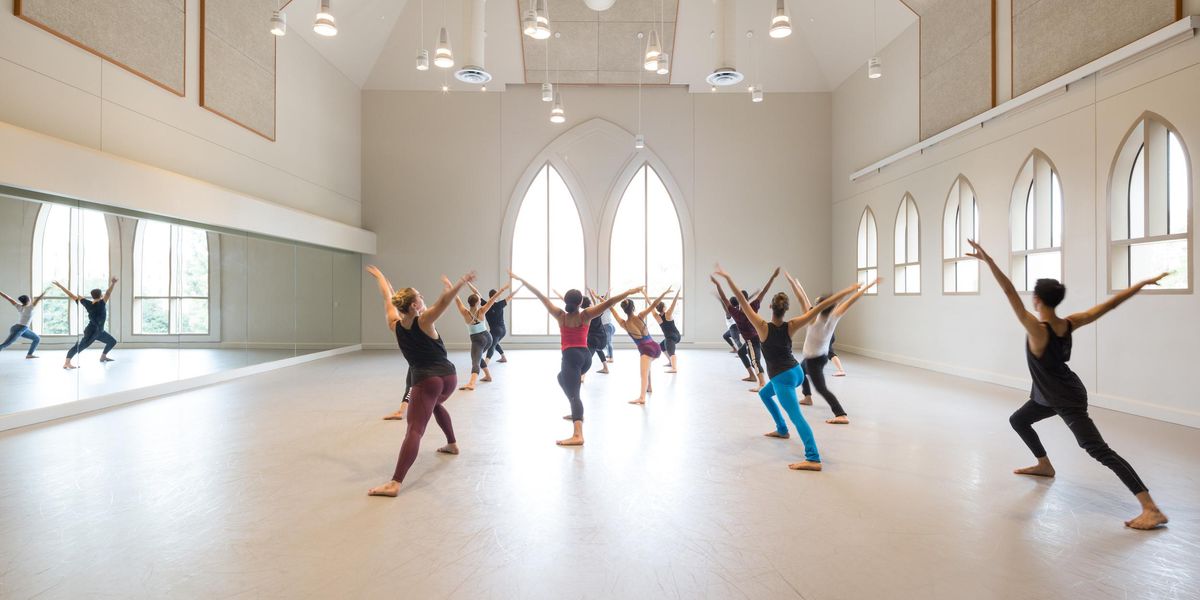Advice for Dancers: Feet, Don't Fail Me Now
How to deal with bruised feet, plus advice on carving your own career path and relaxing during layoffs
During a performance I landed from a jump and felt an aching pain under my big toe for the rest of the piece. My company’s PT said I’d bruised my sesamoid and couldn’t perform until it felt better. It’s supposed to heal quickly if there are no complications. What could go wrong? Also, did this happen because I’m weak?
—Black & Blue, San Francisco, CA
A bruised sesamoid (aka a “contusion”) isn’t due to muscle weakness. It’s a minor problem that occasionally happens when you bang one or two sesamoid bones beneath the big toe joint. These bones, which resemble miniature kneecaps, typically recover from a normal bruise in three to four days. Once you’re able to dance again, wearing pointe shoes or padding the bottom of your bare foot can take away any residual discomfort. However, if your sesamoid continues to hurt during weight-bearing activities, see an orthopedic foot and ankle specialist. A sudden acute hairline fracture or a stress fracture from overuse are both possible complications. While these fractures won’t show up on an X-ray until they begin to heal, a bone scan can confirm the diagnosis immediately. Treatment in this case involves rest in a removable boot, followed by physical therapy. Dancing comes after rehab. Be aware that anti-inflammatory medication slows down your body’s ability to heal, and merely serves to mask the pain. As always, your best defense when dealing with injuries is getting the correct diagnosis and appropriate treatment.
I’d like to take a real vacation this summer to let my body rest. I have six weeks off from work, but I need to be in shape for our rehearsal period. What’s the right amount of time to take a break from dancing?
—Robert, Chicago, IL
Dance medicine specialists generally recommend three weeks off to recover from a busy season. My advice is to take this period to rejuvenate yourself by spending quality downtime away from the theater. For example, you might enjoy traveling to a special location or exploring other interests, while spending more time with friends and family. Gentle stretching and light activities, such as biking or swimming, are fine during vacations. Just remember to take it easy. You’re already in shape as a working professional, so you have the luxury of slowly getting back up to speed afterwards through cross-training and technique class. The only caveat is that age tends to increase the amount of time and the work required to get back in shape after taking time off. When in doubt, listen to your body.
How do I deal with my negative feelings when I hear about colleagues entering international competitions that improve their ability to move forward? I try to put on a happy face in public but end up crying myself to sleep. I would do anything to have this chance.
—Amy, New York, NY
There are many ways to get ahead in dance. Just look at the talented performers who’ve made it without a gold medal under their belt. Often the big break for today’s dancers comes to those who are prepared to perform in various genres, whether it’s a part in the Broadway revival of On the Town or the upcoming television drama series “Flesh and Bone.” If you’re up for this challenge, fine-tune your audition skills and consider coaching in acting and singing (even if your aim, in the latter case, is a simple rendition of “Happy Birthday” on key). Then keep abreast of openings for shows and dance agents through publications like Backstage. If you’re set on competitions, a dance coach can rehearse you in variations that showcase your talent. Likewise, private classes with a special teacher can hone your abilities for better roles in your dance company. In the meantime, you can lift your spirits by refusing to play the comparison game, which stems from insecurity. The goal is to reach your full potential as a performer. Every dancer is unique.
Send your questions to:
Dr. Linda Hamilton
2000 Broadway, PH2C, New York, NY 10023
e-mail: [email protected]
Former New York City Ballet dancer Linda Hamilton, Ph.D., is a psychologist in private practice, the author of Advice for Dancers (Jossey-Bass) and co-author of The Dancer’s Way: The New York City Ballet Guide to Mind, Body, and Nutrition (St. Martin’s Griffin). Her website is drlindahamilton.com.




